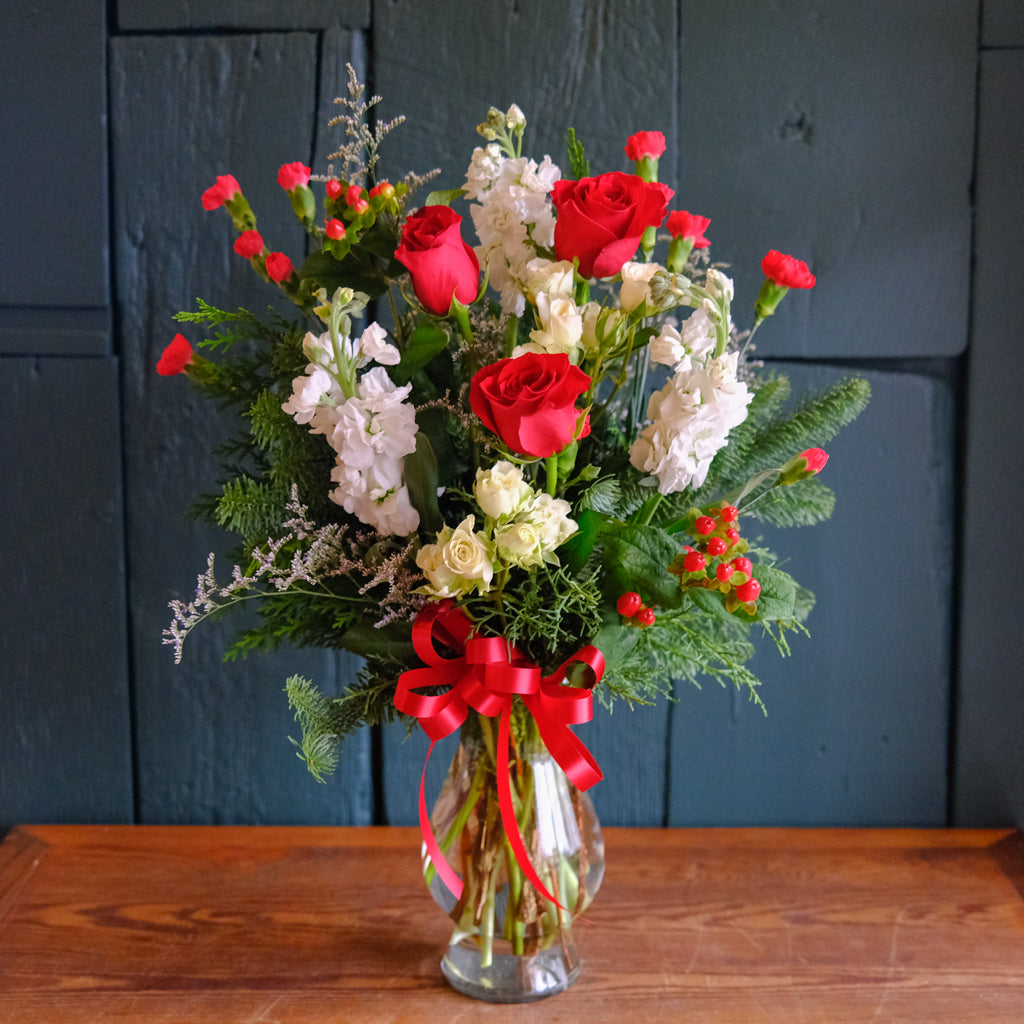The process of designing and installing even a modest garden invites you to ask yourself many questions: Which plants will thrive in this space? Will the garden be formal or informal? Native plants? Pollinator-friendly? Bright colors? Cool tones? The list of questions can seem endless, and when you do finally answer every question on the list, you are faced with one more: How many plants do you need to purchase?
The Rule of Three
Three is often considered a "magic" number in the world of design. A quick look at nature may give you some hints as to why. In the wild, you'll notice that plants rarely (if ever) grow in straight lines or rectangles. Three is the smallest number of plants that will create a non-rectangular shape, thus giving your landscape a natural, nonlinear look that mimics organic growth.
The same holds true for other odd numbers like five and seven. Planting in clumps of three, five, or seven gives your eye a place to rest while planting lots of single plants can feel fussy and distracting.
Branching Out
Of course, the rule of three can only take you so far. If you do have one plant that really is a stunner, don't feel constrained to find two more to plant with it. A single plant can work well as a focal point in a grouping--think of a single rose bush surrounded by other low-growing perennials. Just make sure that your darling is worthy of being a focal point. A single geranium may work as the focal point in an annual planter, but it won't work as the focal point in a larger garden space.
The rule of three also doesn't apply to mass plantings. When you're filling a space that requires dozens of plants, your eye won't notice the number of plants in the group. Instead, your eye will read the area as a mass of color that adds to the overall sweep of the scene.


